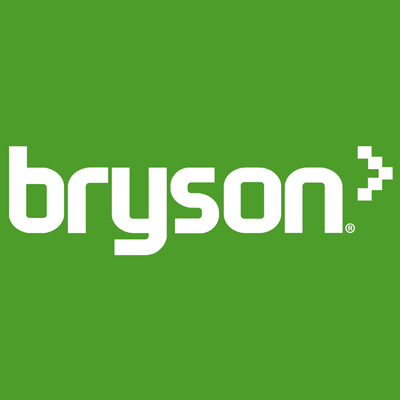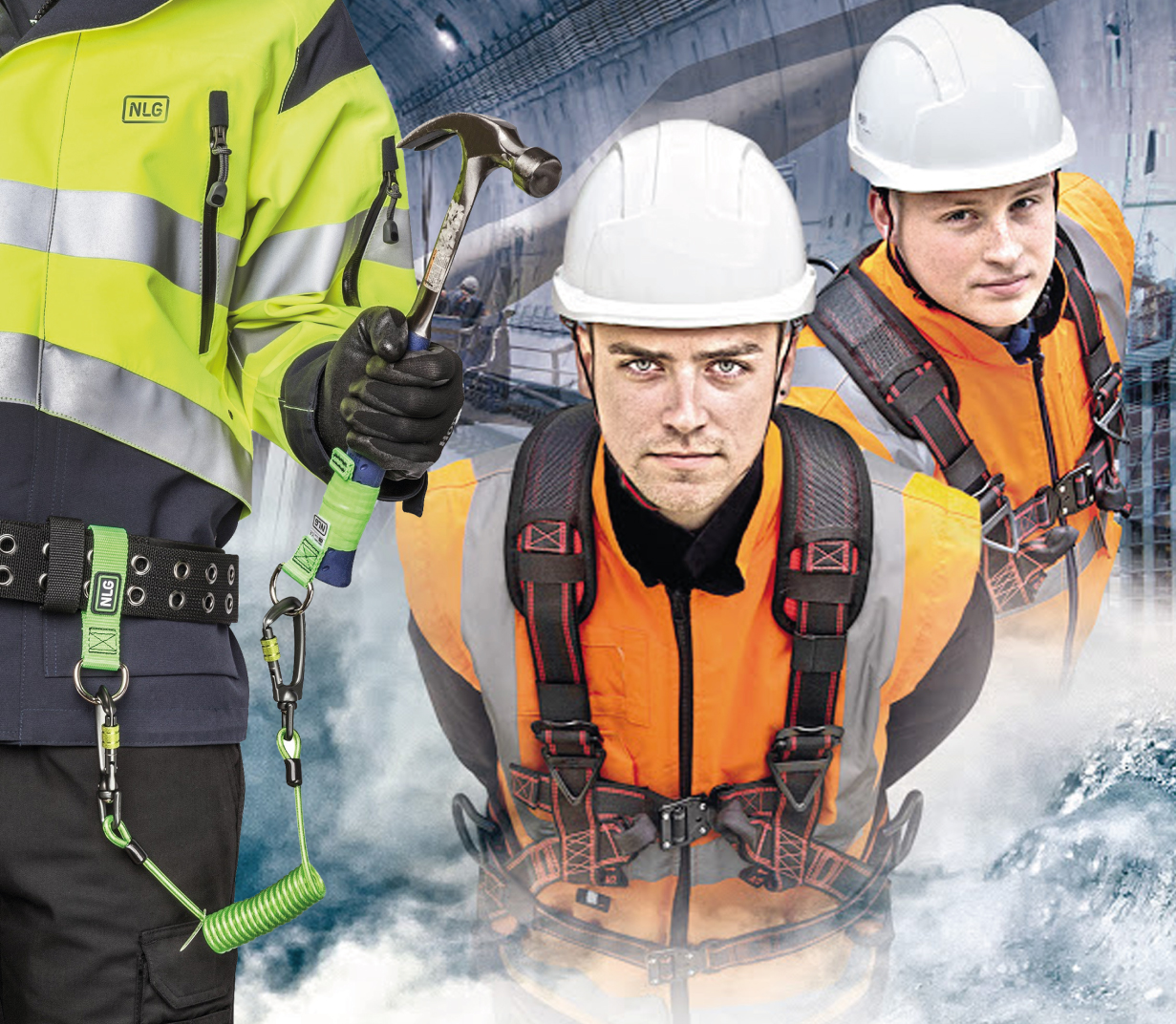Safety on Site: Improving Practices when Working at Heights
Working at height is a commonplace activity in several industries, including the construction industry. But, recent statistics reveal just how dangerous it is. The Health and Safety Executive (HSE) reports that accidental falls from heights are a leading cause of workplace fatalities. In the last five years, an average of 142 deaths has resulted from falls. Business owners are tasked with the responsibility of lowering these numbers for better workplace safety.
A healthy and safe work environment is essential to running a successful business. Frequent absences caused by accidents and safety hazards are detrimental to performance of construction projects and as such, sites must do what they can to avoid and mitigate the dangers brought on by working at height.
Preventing Accidents for a Better Workplace
The accidents that occur from working at height are preventable. Identifying the risk factors helps you mitigate hazards in the workplace and on site.
Ladders and Stepladders
Improper use of ladders and stepladders is a common reason for accidental falls. Oftentimes, workers will overstretch while standing on these raised platforms, an action which could cause them to topple over. Another reason for falls is when platform ladder or stepladder is placed on uneven surfaces without the appropriate support.
Solution:
Conduct a risk assessment before using a ladder or stepladder. The HSE suggests that these types of platforms are better suited for low risk, short duration tasks. Otherwise, as a safety precaution, you should use a different type of platform. You can view the different types of ladders and platforms we offer here.
Mobile Elevated Work Platforms (MEWPs)
This type of access equipment is typical for tasks that require the worker to move while at height. The lack of foresight and appropriate planning typically precede accidents while using these machines.
Solution:
Develop an action plan when MEWPs are required. Start with a risk assessment and consider the ground conditions, particularly the traffic situation. Create a rescue plan in the event of machine breakdown. Additionally, equip your workers with the necessary safety gear, including high performance anchor points.
Suspended Access Equipment (SAE)
This platform system presents the highest risk of fatal injuries in the workplace and on site. Inadequate preparation and the lack of a contingency plan when using SAEs could result in serious accidents and legal repercussions.
Solution:
The HSE requires scaffolding to be handled by trained professionals under the direction of a supervisor. Additionally, the workers on this type of platform should have the appropriate safety equipment.
Improving Workplace Safety with Bryson
Part of creating a healthy and safe environment is investing in the right training and equipment. Competence plays an essential role in mitigating risks in the workplace. Provide employees with the necessary training for working at heights. Additionally, equip them with the safety tools required for these tasks.
Bryson is one of the leading suppliers of high performing safety equipment. Our NLG tool tethering products are designed and manufactured to improve conditions while working at heights, and our JSP Fall Arrest range provides arrest protection and restraints to keep workers safe at height and prevent injuries caused by workplace falls from height. Find out about how these tools improve safety on worksites when you contact us.
Get in touch with our team. Call us on 020 8660 9119 or email sales@bryson.co.uk for any enquiries or concerns.



